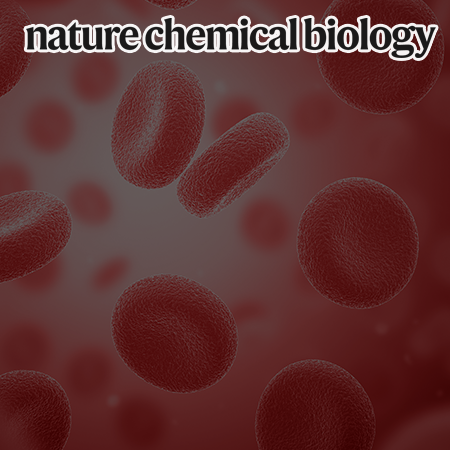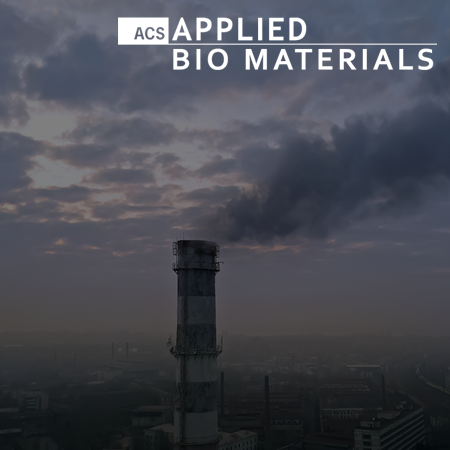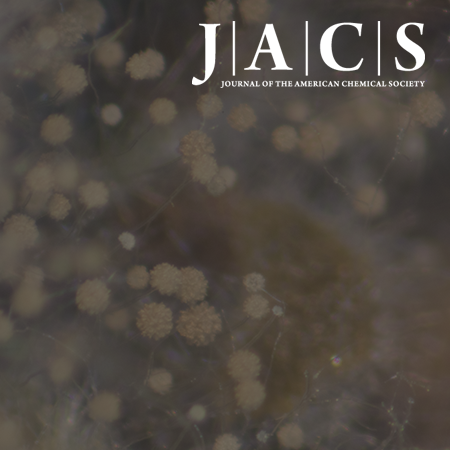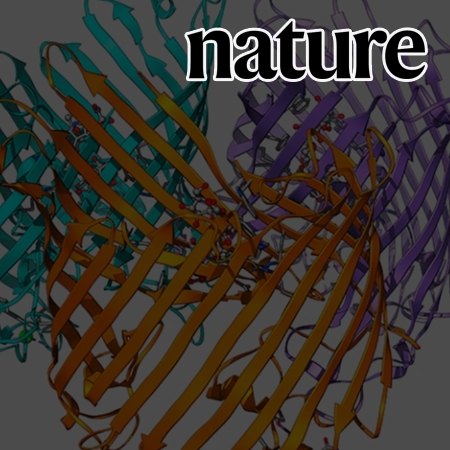Research Research Highlights
Research Highlights
Research Highlights
Research Highlights
Research Highlights 미리보기

Professor Hyobin Yoo’s Research Team at SNU Develops 2D Quantum Material Platform Using Moiré Lattice Superposition
Prof. Hyobin Yoo
Seoul National University College of Engineering has announced that a joint research team led by Professor Hyobin Yoo from the Department of Materials Science and Engineering, in collaboration with Professor Young-Woo Son (Korea Institute for Advanced Study) and Professor Changwon Park (Ewha Womans University), has successfully developed a two-dimensional (2D) quantum material platform through the superposition of moiré lattices.
Research Highlights Board

A tiny key to plant growth
Prof. Hyung-Taeg Cho
PIN-FORMEDs (PINs) are auxin efflux carriers that asymmetrically target the plasma membrane (PM) and are critical for forming local auxin gradients and auxin responses.

Design of a trigonal halide superionic conductor by regulating cation order-disorder
Prof. Kisuk Kang
Lithium-metal-halides have emerged as a class of solid electrolytes that can deliver superionic conductivity comparable to that of state-of-the-art sulfide electrolytes, as well as electrochemical stability that is suitable for high-voltage (〉4 volt) operations.

SNU-KAIST-KRIBB joint research team, elucidation of Coenzyme Q10 synthesis pathway through mitochondrial proteome study
Prof. Hyun-Woo Rhee
SNU-KAIST researchers highlighted the pivotal role of the protein RTN4IP1 in Coenzyme Q (CoQ) synthesis, crucial for cellular energy production. Using proximity labeling technology, they pinpointed RTN4IP1's location and its involvement in CoQ biosynthesis.

Resonant cavity phosphor
Prof. Heonsu Jeon
Prof. Heonsu Jeon’s research team at SNU has developed a structurally engineered phosphor platform based on simple and compact resonant cavity, which greatly enhances color conversion efficiency, effectively requiring far less phosphor material than the structureless counterpart.

Bioactive and Hemocompatible PLA/Lignin Bio-Composites: Assessment of In-Vitro Antioxidant Activity for Biomedical Applications
Prof. Joon Weon Choi
In this study, acetylated soda lignin (ASL) and non-acetylated soda lignin (SL) were extruded with PLA in different concentrations to fabricate antioxidant polylactic acid (PLA)/lignin composites for potential biomedical applications. After lignin acetylation, good compatibility was observed between PLA and lignin in SEM images.

Targeted and Logical Discovery of Piperazic Acid-Bearing Natural Products Based on Genomic and Spectroscopic Signatures
Prof. Dong-Chan Oh
A targeted and logical discovery method was devised for natural products containing piperazic acid (Piz), which is biosynthesized from ornithine by l-ornithine N-hydroxylase (KtzI) and N–N bond formation enzyme (KtzT). Genomic signature-based screening of a bacterial DNA library (2020 strains) using polymerase chain reaction (PCR) primers targeting ktzT identified 62 strains (3.1%).

Agrivoltaic system designing for sustainability and smart farming: Agronomic aspects and design criteria with safety assessment
Prof. Won Choi
An agrivoltaic system (AVS) offers a potential strategy for meeting global demands for renewable energy and sustainability by integrating photovoltaics and agriculture.

SNU have reported the formation of zero-twisted fully commensurate van der Waals structure
Prof. Gwan-Hyoung Lee
Professor Gwan-Hyoung Lee's research team from the Department of Materials Science and Engineering at SNU has reported the thermally induced atomic reconstruction into fully commensurate structure of randomly stacked 2D layers.

Palmitic acid aggravates liver cancer progression
Prof. Yang-Sook Chun
A research team led by Professor Yang-Sook Chun from the Department of Physiology & Biomedical Sciences at SNU has uncovered the molecular mechanism of palmitoylation-driven lipid reprogramming in liver cancer cells.

Adenosine monophosphate enhances callus regeneration competence for de novo plant organogenesis
Prof. Pil Joon Seo
Many crop plants have genetic barriers to de novo organogenesis during tissue culture. Therefore, exogenous application of metabolites and/or small molecules that promote cell fate transition in tissue culture-recalcitrant species could be key solution for current bottlenecks.

Exploring the Diverse Landscape of Biaryl-Containing Peptides Generated by Cytochrome P450 Macrocylcases
Prof. Dong-Chan Oh, and Seokhee Kim
Cytochrome P450 enzymes (P450s) catalyze diverse oxidative cross-coupling reactions between aromatic substrates in natural product biosynthesis.

Proposing New Evolutionary Connections from 214 Million Predicted Protein Structure Database
Prof. Martin Steinegger
Prof. Steinegger‘s team from the Department of Biological Science at SNU has unlocked the gate to the large predicted protein structure AlphaFold Database by clustering the 214M structures into 2M shape-groups, revealing putative homology in prokaryotic species to human immune-related proteins.

